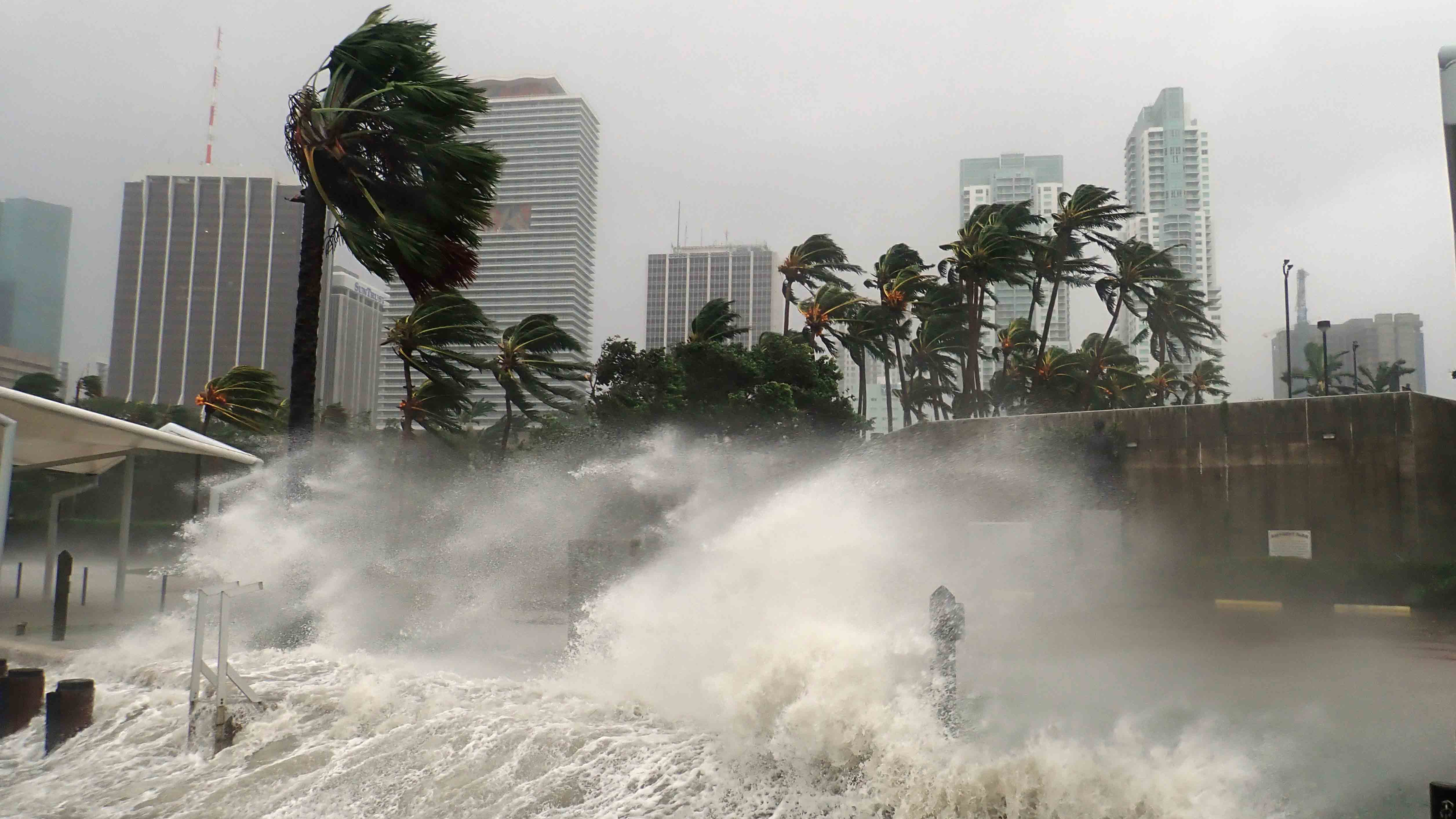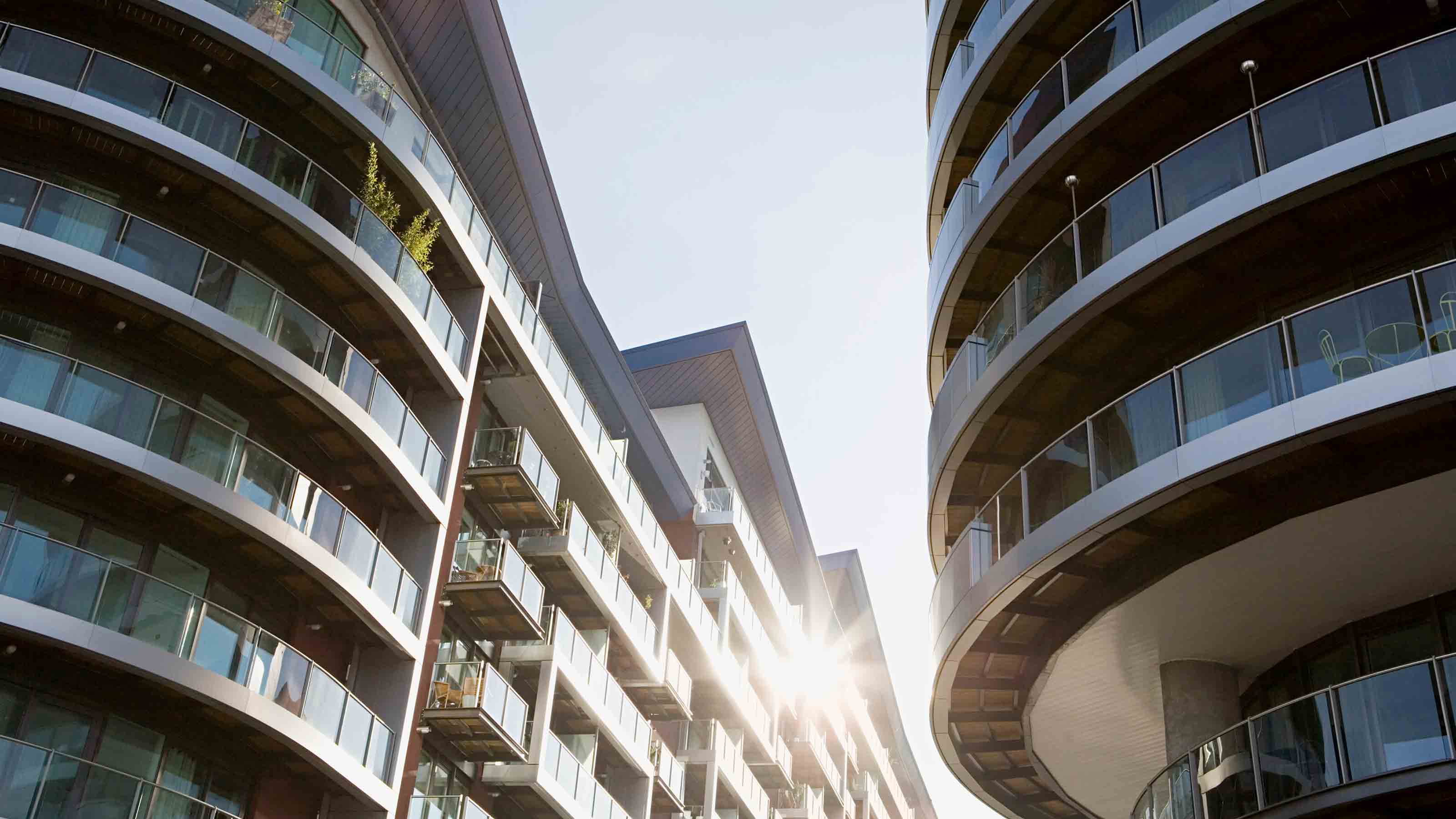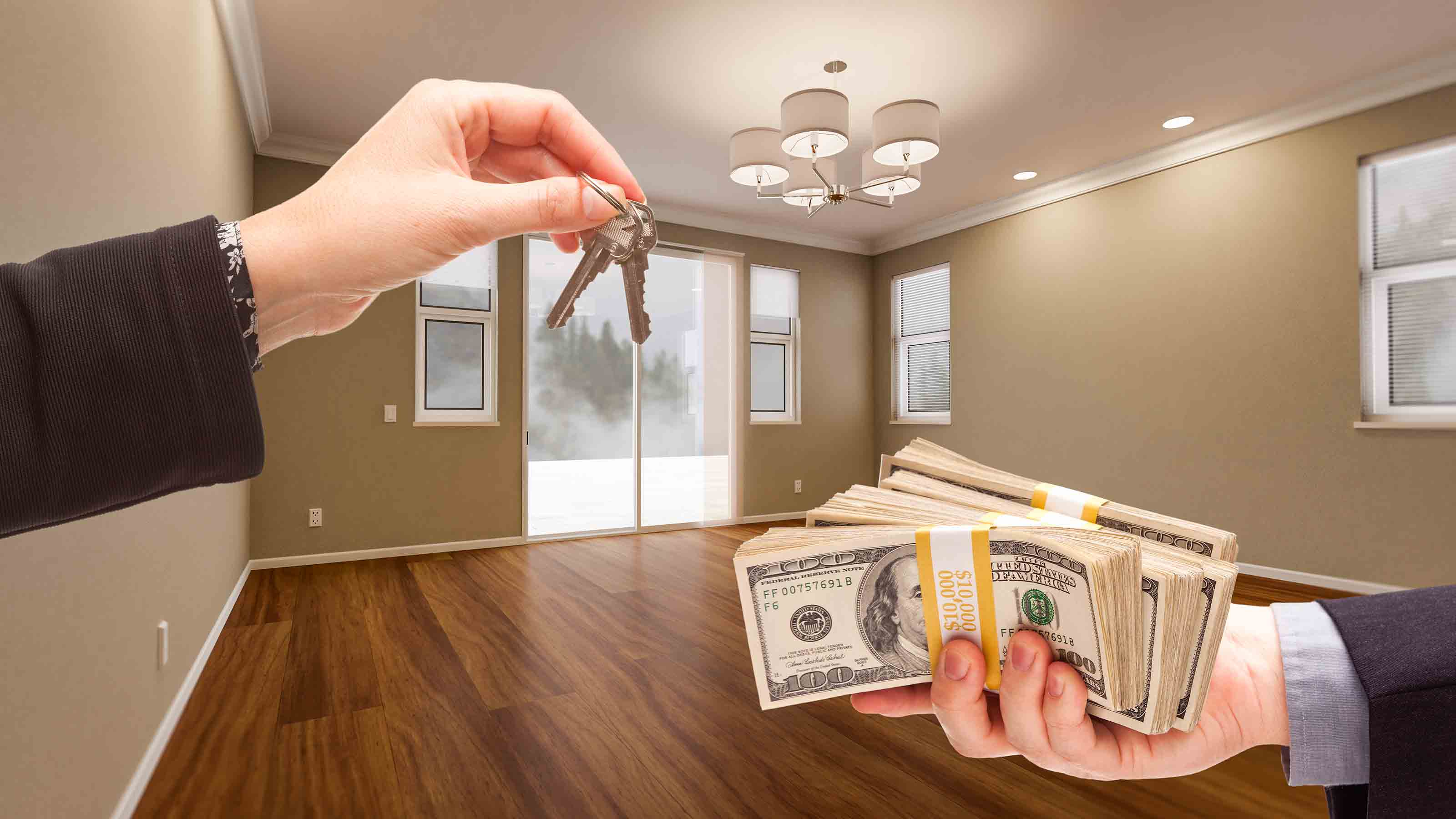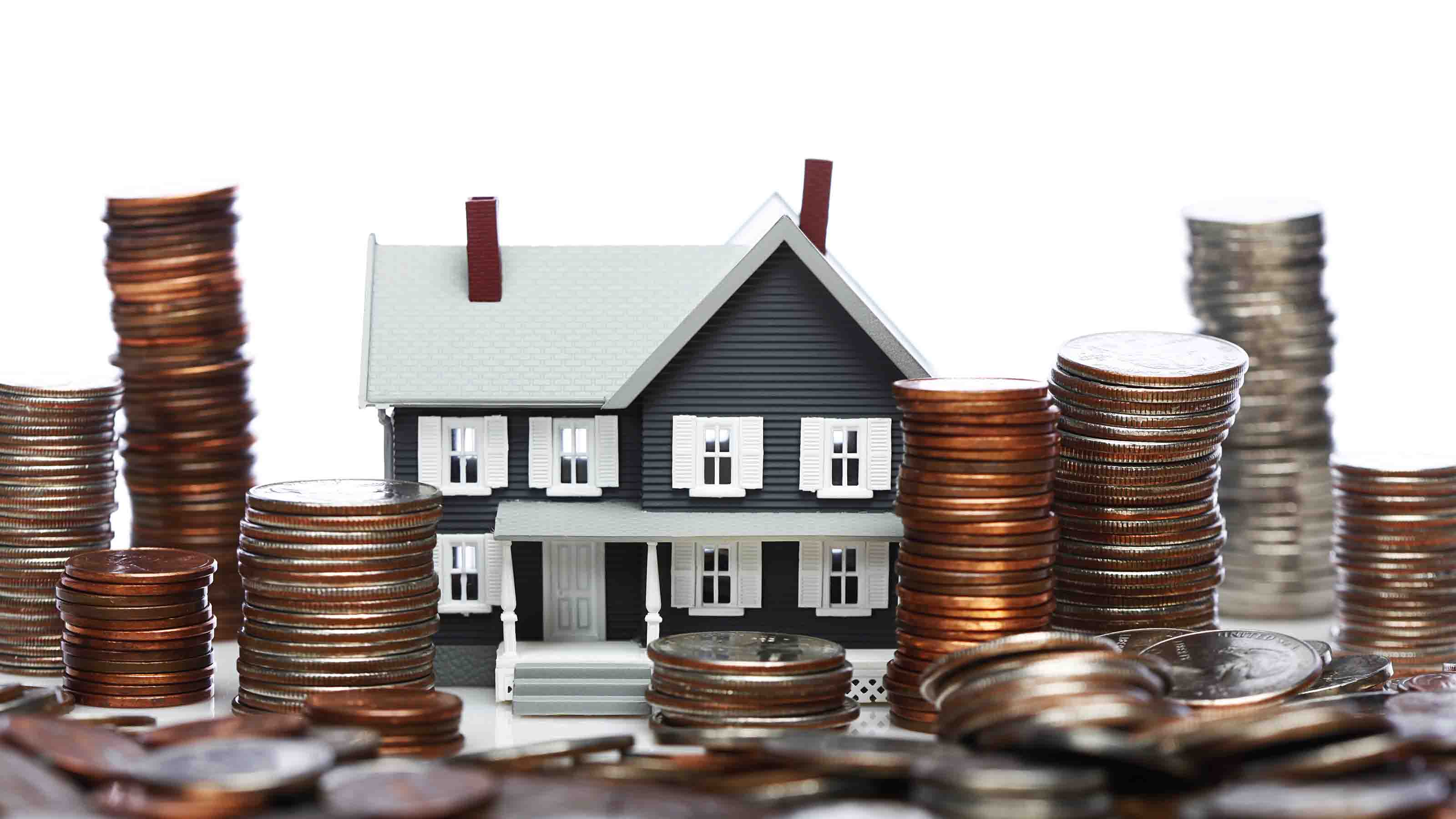The Housing Market Puzzle
Prices are falling slowly. But no sign of a dangerous pop. What's the outlook for the rest of 2007?
The worst may be behind the battered housing market, but that doesn't mean it will bounce back soon.
Reports released last week showed that housing starts, home sales and median home prices continued to fall. But so far there is no sign of a housing bubble popping, with prices collapsing in major markets, as some feared. There remain pockets of price appreciation across the U.S., even in the Northeast.
First the bad news
The number of new homes started in January slowed to the slowest pace in nine years, according to figures released February 16 by the Commerce Department. Housing starts fell 14.3% to a seasonally adjusted annual rate of 1.41 million from 1.64 million in December. The January numbers also reflect a 37.8% drop from the January 2006 pace.

Sign up for Kiplinger’s Free E-Newsletters
Profit and prosper with the best of expert advice on investing, taxes, retirement, personal finance and more - straight to your e-mail.
Profit and prosper with the best of expert advice - straight to your e-mail.
The home price report released late last week by the National Association of Realtors also had plenty to worry sellers. The median price of an existing single-family home nationwide showed a 2.7% drop in the fourth quarter of 2006 compared with the fourth quarter of 2005 -- the biggest year-over-year drop in the nearly 30 years the NAR has been keeping track.

Plus, prices went down in more places than they went up. In 73 of 149 metropolitan areas tracked, prices declined, while five remained unchanged. The biggest drops were reported in Florida markets popular with vacationers, where investor-buyers had driven up prices in the latest boom. Hardest hit was Sarasota-Bradenton-Venice, with prices off 18%.
Among entire regions, only the West was in positive territory, buoyed by price increases in Oregon and Washington State and even a few California cities. Median prices in the West as a region edged up 0.4%. In the Midwest, prices dropped 4.2%, in the South they slipped 3.7% and in the Northeast they were 2.5% lower. See our table of home prices in 149 metropolitan areas.
More bad tidings: Nationwide, total existing-home sales, including single-family homes and condos, were down 10% from the fourth quarter of 2005 (and nearly 18% in the West).
On the other hand, nearly half of the markets gained ground in the past year, suggesting that plenty of metro areas are sidestepping the slump. Fourteen metro areas had double-digit increases, including Atlantic City, N.J. (where prices increased a robust 26%), Salt Lake City (up 23%), Trenton-Ewing, N.J. (19%) and Beaumont-Port Arthur, Tex. (15%), according to the Realtors.
Is it over yet?
The NAR put a positive spin on the numbers, stating in a report accompanying the data that all the signs point to the final bottoming out of a protracted housing slump over the last year. David Lereah, NAR's chief economist, wrote: "2006 was the year of contraction. When we get the figures for this spring, I expect to see a discernable improvement in both sales and prices."
But those outside the real estate business aren't so sure. Patrick McPherron of Moody's Economy.com sees several issues standing in the way of an imminent upswing. For one thing, Wall Street firms and banks are clamping down on mortgage lenders whose shaky underwriting has resulted in defaults, making it harder for some borrowers to qualify for a loan this year. Also, money is extra tight in the mortgage market -- ARM rates are very close to those of 30-year fixed-rate mortgages -- and the Fed is holding fast to the federal funds rate, which props up rates on ARMs.
And a recent survey by the National Association of Home Builders put builder confidence at 40. Fifty is the tipping point where more builders view sales conditions as positive rather than negative. "Though the NAHB survey bounced up, it's still the lowest optimism rating since 1991," says McPherron. "People are not as pessimistic as they were, but they're not exactly optimistic."
What's next?
Economy.com sees the market remaining flat at best throughout 2007. Buyers see it as a buyer's market, although sellers aren't necessarily cooperating with price reductions. So while buyers are waiting for prices to come down, sellers remain stubbornly attached to high home prices, hoping for their part to wait out the drought.
Numbers from March, when the spring selling season traditionally hits its stride, will be a good indicator of which way the market will go from here. One bright spot is the relatively low rates on 30-year fixed mortgages, still below 6.5%. Assuming sellers relax prices enough, buyers with good credit will have good reason to take the plunge. But it should take awhile longer for such corrections to take hold in the housing market.
Get Kiplinger Today newsletter — free
Profit and prosper with the best of Kiplinger's advice on investing, taxes, retirement, personal finance and much more. Delivered daily. Enter your email in the box and click Sign Me Up.
-
 Stock Market Today: Great Power Affairs Mesmerize Markets
Stock Market Today: Great Power Affairs Mesmerize MarketsThe U.S. and China are at least talking about talking about tariffs, and investors, traders and speculators are showing a little less fear.
By David Dittman
-
 Is Walmart Plus Worth It?
Is Walmart Plus Worth It?There are tons of exciting Walmart Plus benefits – but are they worth the $98 annual fee?
By Rachael Green
-
 How to Search For Foreclosures Near You: Best Websites for Listings
How to Search For Foreclosures Near You: Best Websites for ListingsMaking Your Money Last Searching for a foreclosed home? These top-rated foreclosure websites — including free, paid and government options — can help you find listings near you.
By Bob Niedt
-
 Luxury Home Prices Rise as the Rich Dodge High Mortgage Rates
Luxury Home Prices Rise as the Rich Dodge High Mortgage RatesLuxury home prices rose 9% to the highest third-quarter level on record, Redfin reports, growing nearly three times faster than non-luxury prices.
By Kathryn Pomroy
-
 Four Tips for Renting Out Your Home on Airbnb
Four Tips for Renting Out Your Home on Airbnbreal estate Here's what you should know before listing your home on Airbnb.
By Miriam Cross
-
 Five Ways to Shop for a Low Mortgage Rate
Five Ways to Shop for a Low Mortgage RateBecoming a Homeowner Mortgage rates are high this year, but you can still find an affordable loan with these tips.
By Daniel Bortz
-
 Looking to Relocate? Plan for Climate Change
Looking to Relocate? Plan for Climate Changebuying a home Extreme weather events are on the rise. If you’re moving, make sure your new home is protected from climate change disasters.
By Rivan V. Stinson
-
 Retirees, A Healthy Condo Has a Flush Reserve Fund
Retirees, A Healthy Condo Has a Flush Reserve FundSmart Buying Reserve funds for a third of homeowner and condo associations have insufficient cash, experts say. Here are some cautionary steps you should take.
By Patricia Mertz Esswein
-
 Cash Home Buyers: New Services Offer Help Making All-Cash Offers
Cash Home Buyers: New Services Offer Help Making All-Cash OffersBecoming a Homeowner Some firms help home buyers make all-cash offers on homes. Weigh the fees before you sign on.
By Emma Patch
-
 Home Sale Prices in the 50 Largest Metro Areas
Home Sale Prices in the 50 Largest Metro AreasBecoming a Homeowner What’s happening in the market where you live?
By the editors of Kiplinger's Personal Finance